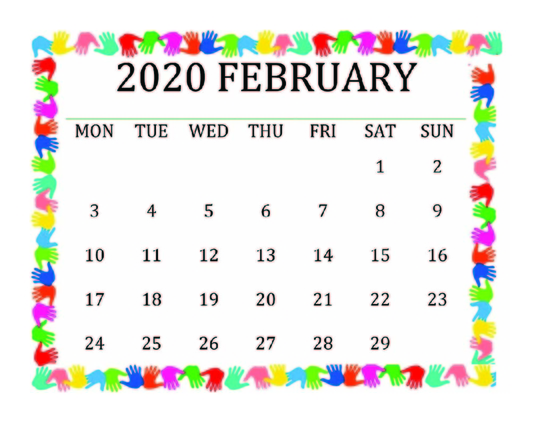2020 is a leap year

By Vigdis Hocken
timeanddate.com
A leap day, February 29, is added to the calendar during leap years. This extra day makes the year 366 days long – not 365 days, like a common year.
Why add a leap day? Leap days are needed to keep our calendar in alignment with the earth's revolutions around the sun.
It takes the earth approximately 365.242189 days – or 365 days, 5 hours, 48 minutes, and 45 seconds – to circle once around the sun. This cycle is called a tropical year.
Without an extra or intercalary day on February 29 nearly every four years, we would lose almost six hours every year. After only 100 years, a calendar without leap years would be off by approximately 24 days in relation to fixed seasonal days such as the vernal equinox or the winter solstice.
Is there a perfect calendar? Roman general Julius Caesar implemented the first leap day in his Julian Calendar, which he introduced in 45 BCE. A leap day was added every four years. At the time, the leap day was February 24, and February was the last month of the year.
Too many leap years? However, adding a leap day every four years was too often, and eventually, in 1582, Pope Gregory XIII introduced the Gregorian Calendar. This calendar, which we still use today, has a more precise formula for calculation of leap years, also known as bissextile years.
USA 1752: Why are some days missing? Leap day as a concept has existed for more than 2,000 years, and it is still associated with age-old customs, folklore, and superstition. One of the most well-known traditions is that women propose to their boyfriends, instead of the other way around.
What's a leap second? The ancient Roman Calendar added an extra month every few years to maintain the correct seasonal changes, similar to the Chinese leap month.
Info obtained from www.timeanddate.com.





